Never in my entire life had I thought that I would halt the build of the WB, to give someone advice on a Victory!

Ye gods ... I must like you!

The following comes from Modelbouwforum as executed by Koos in his Victory build. The tip, however, comes from the one and only
@pietsan Piet Sanders.
View attachment 283693
A piece of cloth (I know you are going to ask me what type of cloth - I don't know yet), was first cut to a width of 12mm and then marked 14mm apart.
View attachment 283694
These are then cut on the markings.
View attachment 283695
It is then rolled around a toothpick or cocktail stick and clamped into position with a clothes washing clip.
View attachment 283697
With 0.10mm rope, a knot is made on the one end.
View attachment 283696
And while holding the rope in one position, the toothpick is rotated so that the rope is wrapped around it as on the picture. Both knots are then secured with a drop of CA glue.
View attachment 283698
This then results in hammocks of 12mm x 3mm.
View attachment 283699
And after making approximately 350 of those, you should be good to go!
 .
.


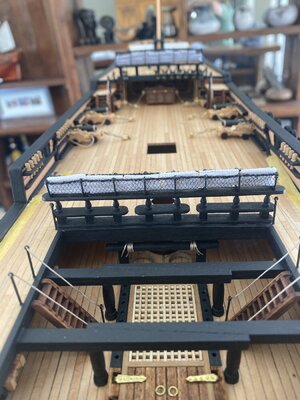
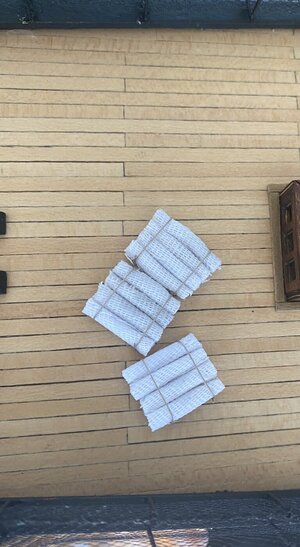
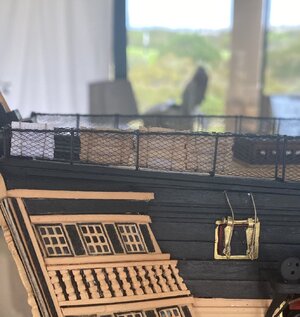
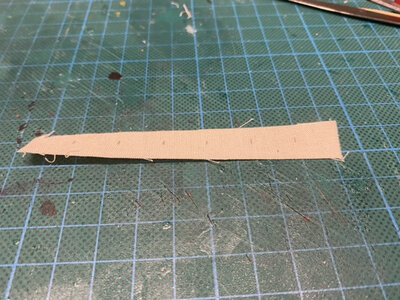
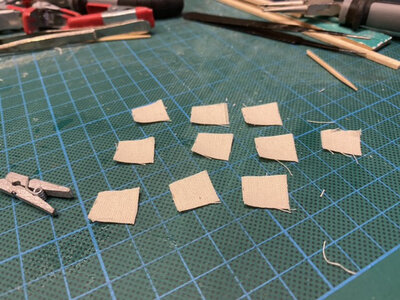
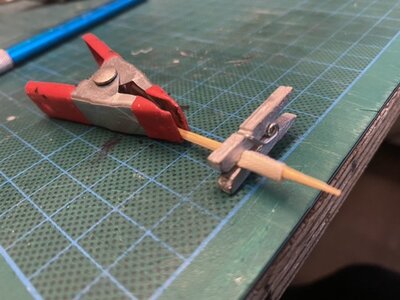
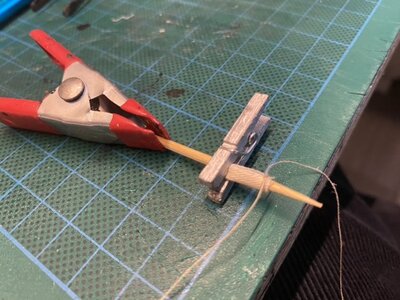
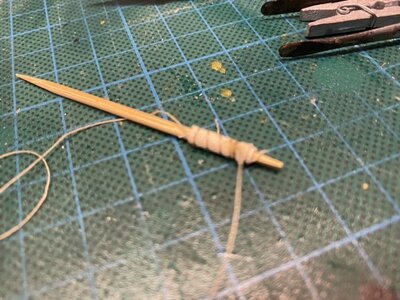
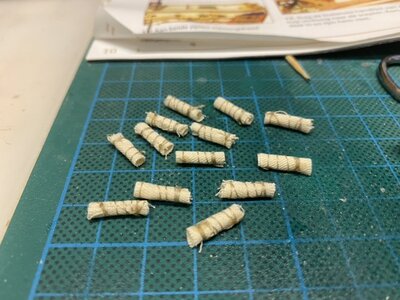
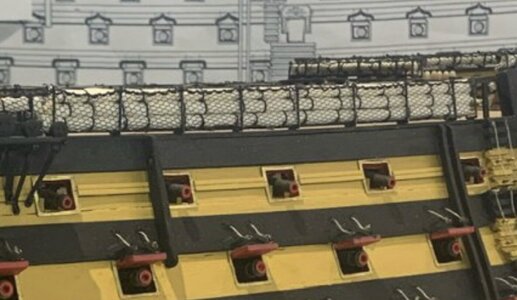


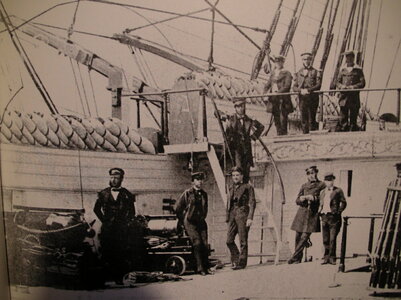
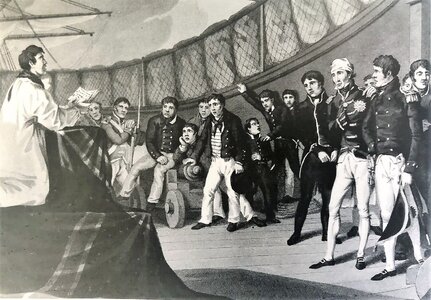



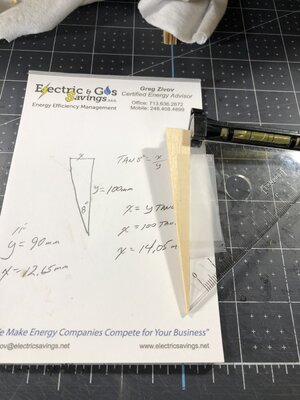
 . I have some adjustment to do (small amounts thankfully) so I should manage this ok. “Touch wood” Cheers.
. I have some adjustment to do (small amounts thankfully) so I should manage this ok. “Touch wood” Cheers.